Introduction
Dogs can eat several types of seafood, but it naturally depends on the particular species and the way it was prepared. Clams are a somewhat rarer type of seafood (but safe), especially since they live in freshwater.
While dogs are allowed to eat fish and seafood, and they have their share of benefits, it’s safe to say that clams should always be cooked thoroughly. Otherwise, they come with a series of risks.
Benefits for dogs
Vitamin B12
B12 is an essential vitamin, and the most important fact is that dogs can only get it from dietary sources. Since clams contain it, you can rest assured that your pet’s nervous system (including their brain health) will be in perfect shape.
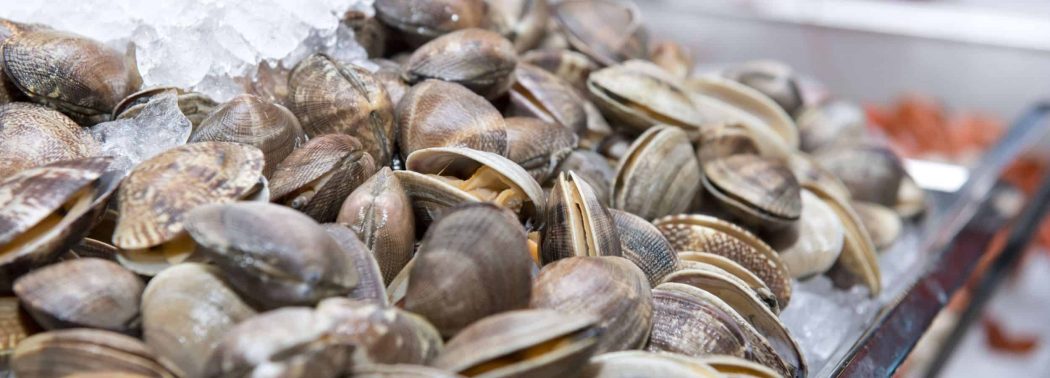
Vitamin C
Many studies have been performed on the influence that vitamin C can have on animal and human immunity. Besides making it possible for your dog to withstand infections, vitamin C is also excellent for your pet’s hair, skin, bone, and cartilage health.
Omega-3
Essential fatty acids, particularly omega-3, have a number of undeniable benefits, from keeping your dog’s heart healthy to potentially preventing pet dementia. Omega 3 has also been shown to have positive effects on a dog’s coat health.
Calcium
Calcium is the number one component in an animal’s bones. Besides preventing rickets, calcium can also make it less possible for your dog to develop osteoporosis while getting older. Clams contain calcium, so your dog can get it from them.
Iron
As the second most concentrated nutrient that exists in clams, iron is essential for transporting nutrients, as well as oxygen through blood flow inside your dog’s body.
How much to feed
Although clams are generally safe to feed to dogs, they should not make up a serious amount of your pet’s diet. You can offer them to your dog as treats. The following table shows several recommendations in terms of feeding quantities, all based on your pet’s weight.
Potential risks
Heavy metals
Although clams are freshwater beings, so the likelihood of them being contaminated with heavy metals is much lower compared to that of actual seafood, this risk cannot be overruled.
Some clams coming from Asian waters were found to contain traces of heavy metals such as mercury, which can be detrimental to your dog’s health, especially in large amounts and when fed in the long run.
Food poisoning
There are two reasons your dog can get food poisoning after eating clams. The first deals with the preparation method, but the second deals with something that you have no way of preventing. To prevent the first, make sure you never feed your dog raw clams.
Some clams can contain toxins that are caused by dinoflagellates, which cannot be destroyed by cooking, no matter how thorough how it might be.
However, clams that are contaminated with these toxins are extremely rare, and if you stick with the serving recommendations that we have noted above, you probably have nothing to worry about.
Preparing the food
Make sure that the clams are cooked properly so that you don’t get risk your dog suffering from a bad case of food poisoning. Commercial pre-cooked clams are safe so long as they don’t have any salt or extras such as spices.

Serving ideas
Boiled clams
You should boil the clams for at least 30-45 minutes in order to make sure that they contain no potentially harmful bacteria.
Although the cooking time can be significantly shorter for people, it’s always better to be safe than sorry and prepare them thoroughly for your dog.
While people love to serve clams with butter or garlic, these two ingredients are unsafe for dogs. Oregano and other herbs are a no-go, too, so avoid adding anything to the clams.
Clam paste
If your pet doesn’t seem to enjoy the chewy texture that most clams have, so it’s impossible for you to merely add them to their canned food, you can throw them in a food processor and make a clam paste.
You can get a little creative and add a little jicama or probiotic powder that tastes like bacon for an even more improved consistency and taste.
Clam juice
Commercially available clam juice is mostly safe to feed to dogs so long as it contains no spices, condiments, or salt.
There are low-sodium alternatives available out there, and they can be particularly helpful for dogs that have a hard time feeding due to periodontal disease, gum disease, or complete lack of teeth (which can happen in geriatric dogs).
Conclusion
If you make sure that the clams that you feed to your dog are perfectly cooked, you have nothing to worry about. Plus, they contain a variety of nutrients that your dog might not be able to get from commercial food, such as omega-3 fatty acids, iron, calcium, and vitamins.
Clams are nutritious and safe, but you should consider getting them from a trusted source. Avoid buying them from vendors that don’t have the best reputation, even if you make sure that you prepare them properly.
In a nutshell, yes, dogs are allowed to eat this nutrient-dense food. To be on the safe side of things, ask your vet before deciding to add clams to your pet’s diet.
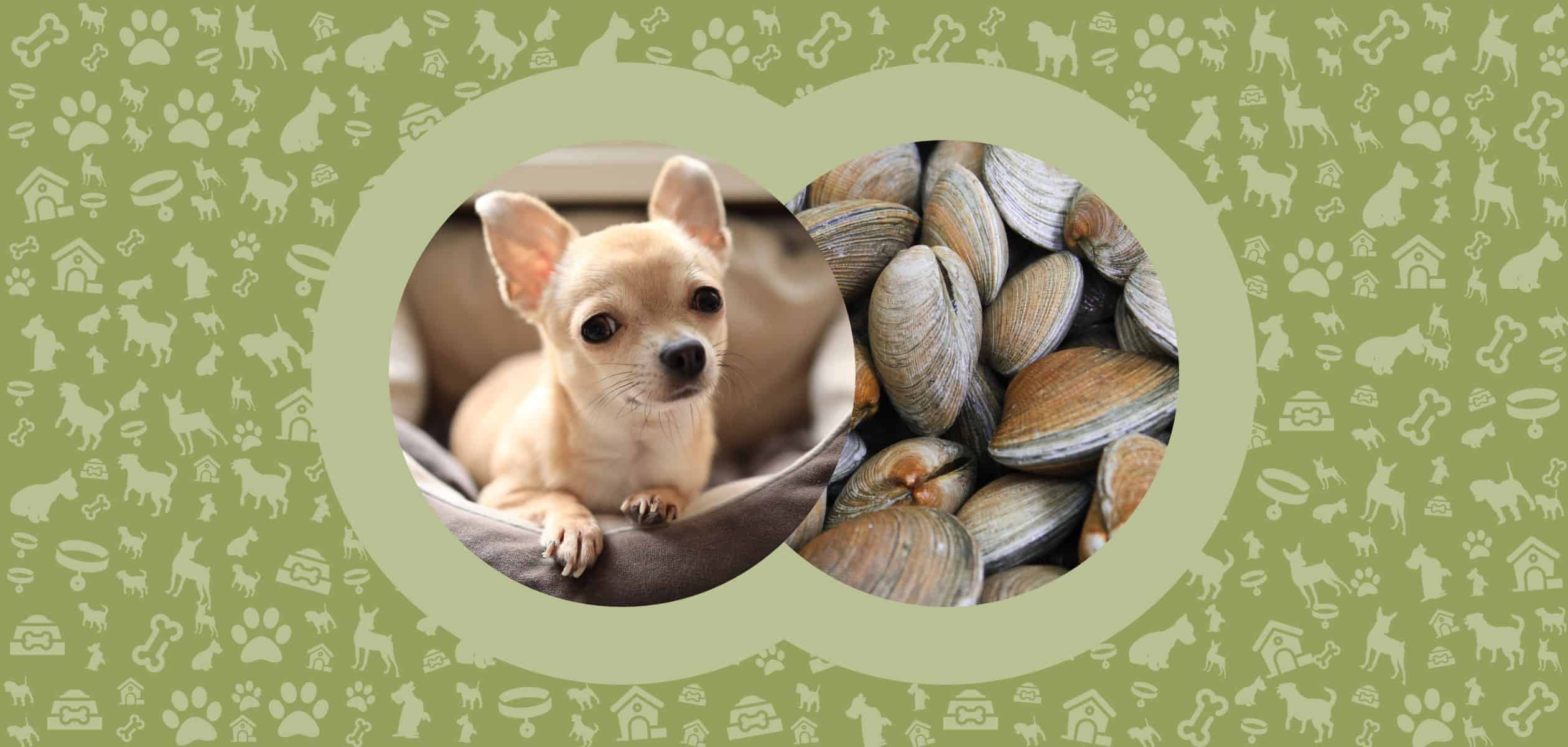
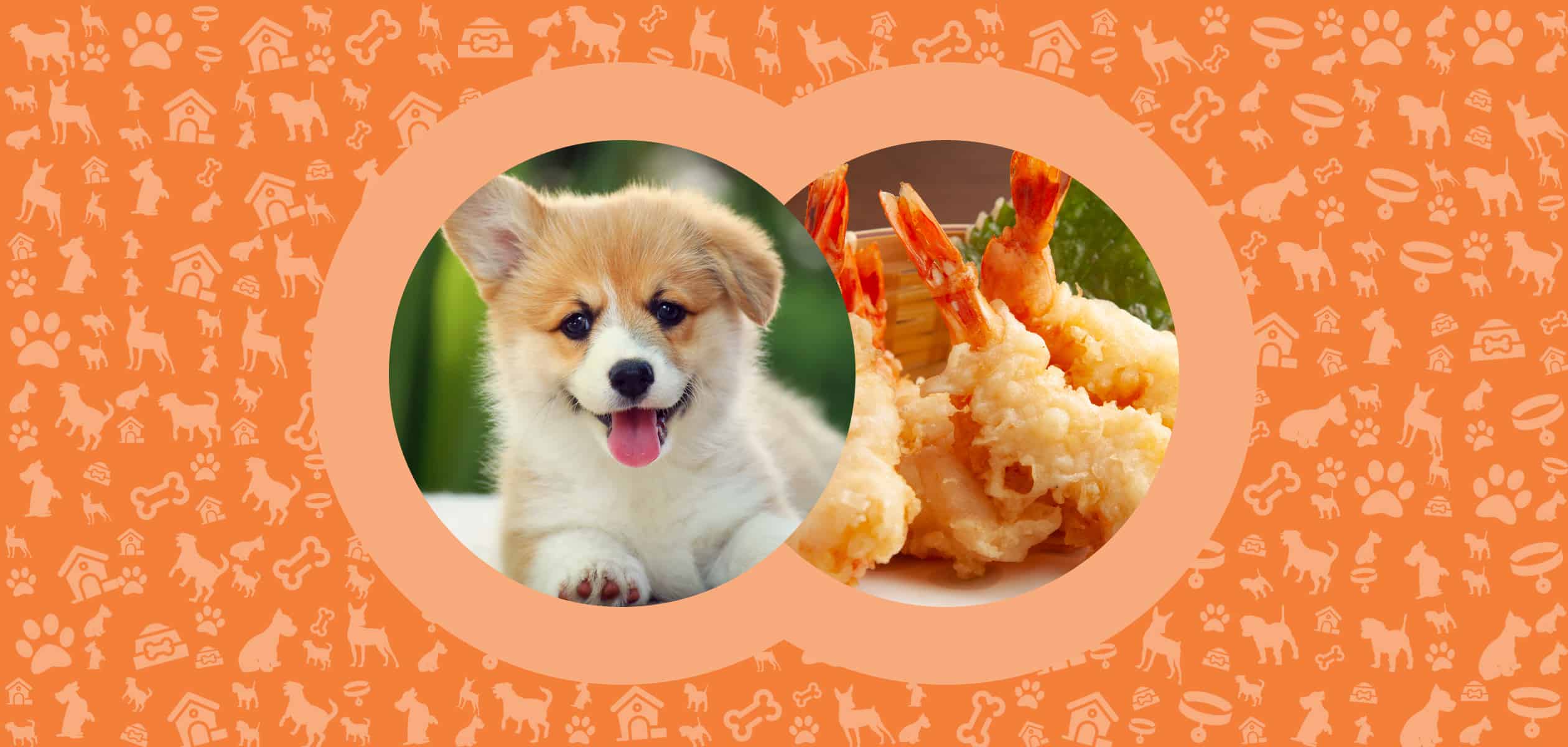
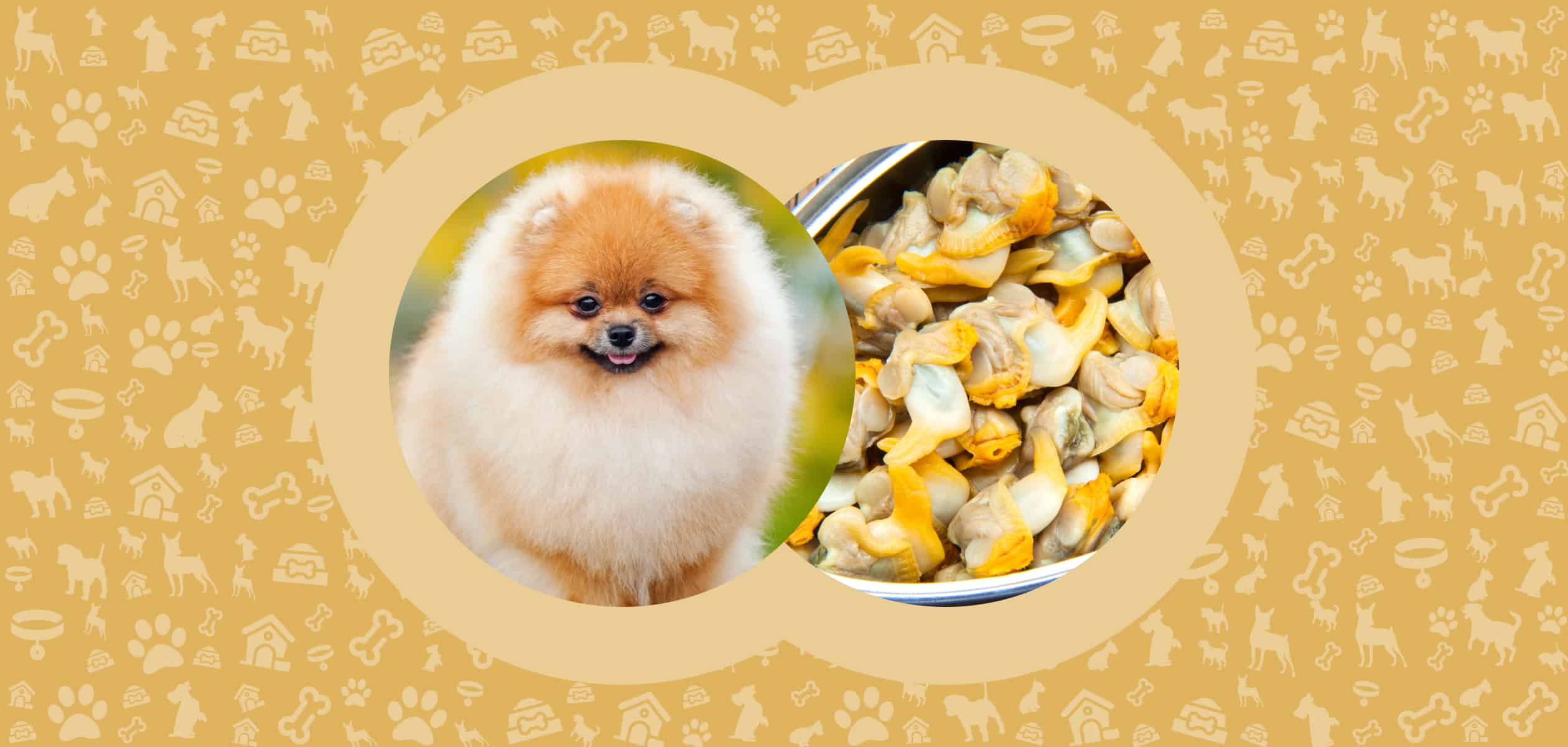
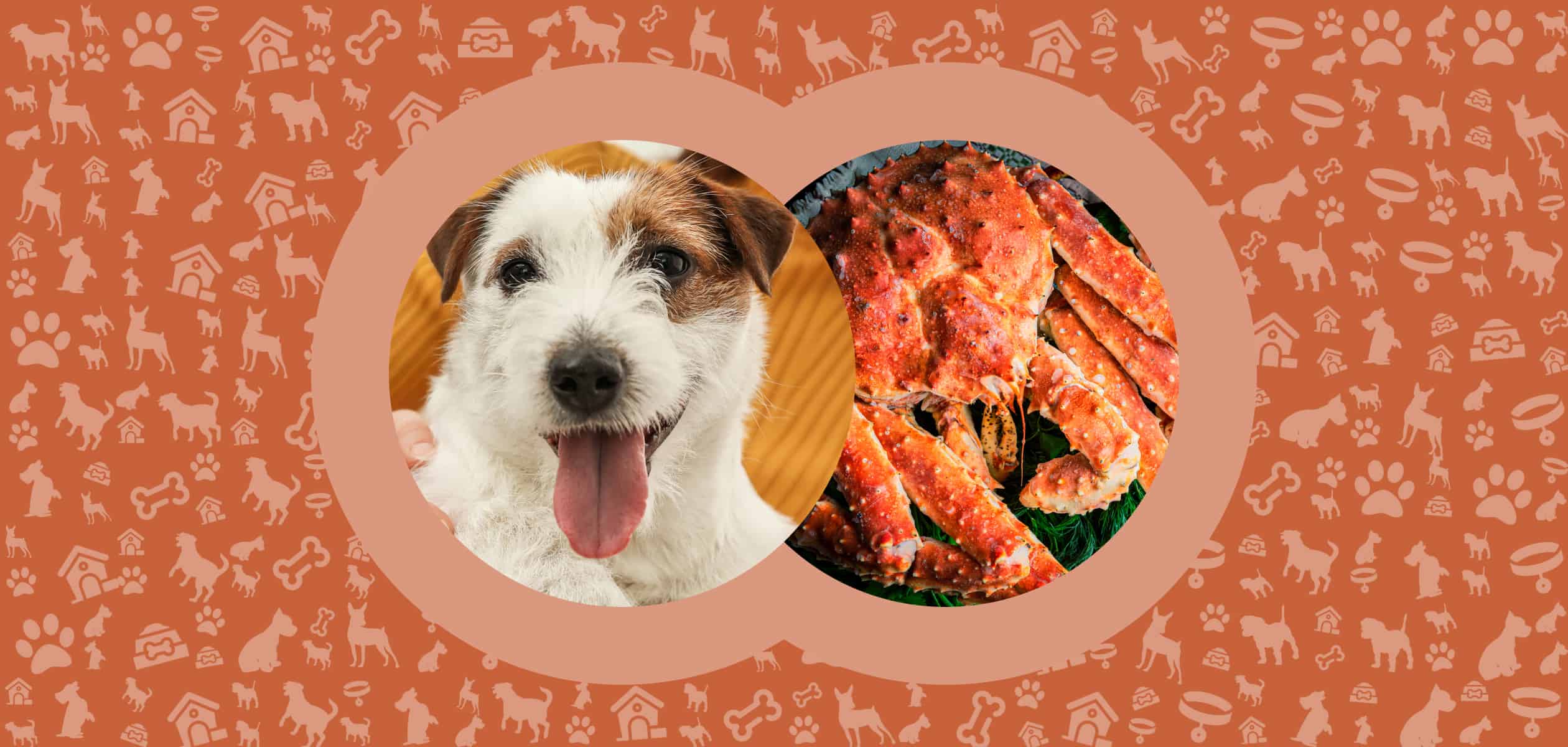
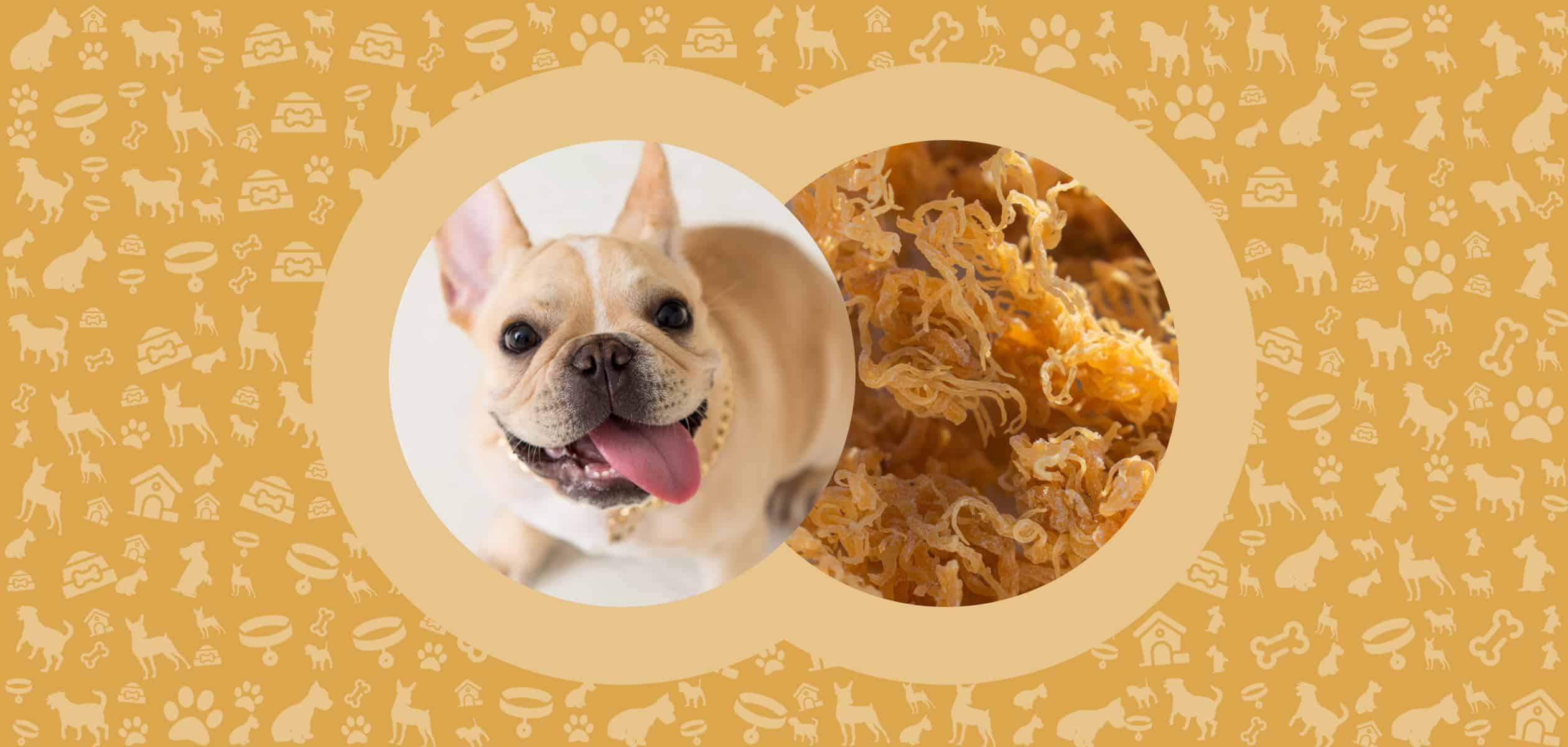
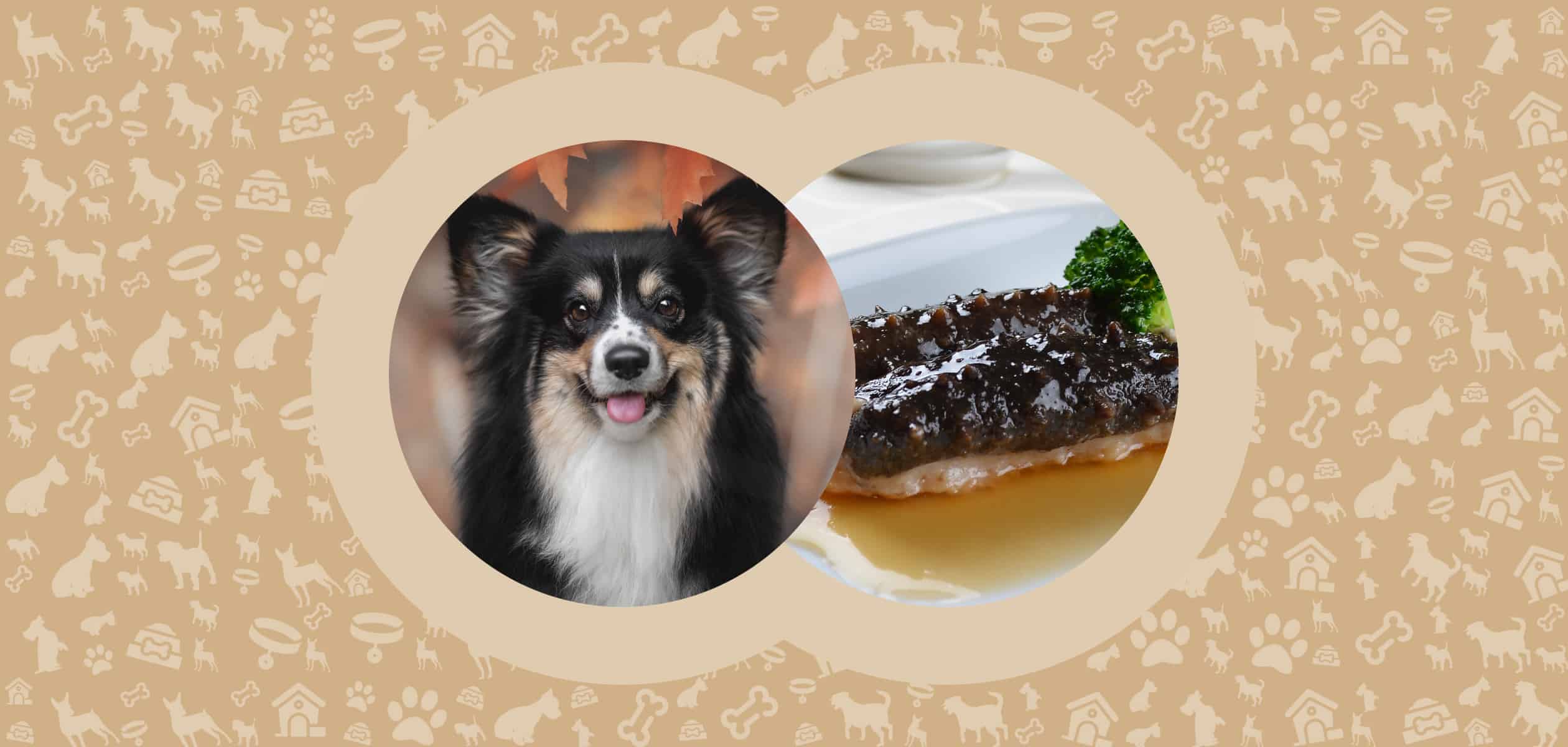

Leave a Comment